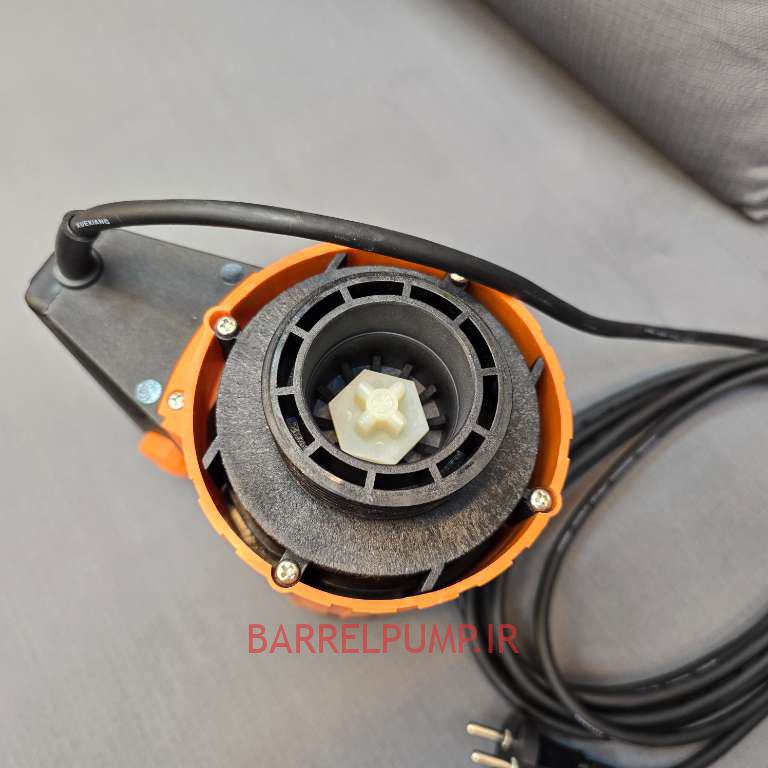Electric motors are a critical component for the operation of machines, pumps and other mechanical equipment in a wide variety of industries. To ensure the correct installation and safe operation of these motors, pre-testing and verification of a number of key parameters are necessary. Polarity Tests and direction of rotation are two such tests that are necessary to ensure the safe and proper operation of the equipment. In this article, we will analyze these two trials in detail, including how they are conducted, the criteria used, and their importance.
The importance of checking polarity and direction of rotation
If the polarity of the wires or the direction of rotation of the motor is not set correctly, serious problems can occur, such as:
-
The pump or fan works in reverse.
-
mechanical equipment failure
-
They pose a threat to the safety of operators.
-
Short system life
Therefore, it is extremely important to carry out both tests correctly before putting electrical equipment into operation.
 Polarity check
Polarity check
Purpose of Polarity Check
The purpose of the polarity test is to ensure that the positive and neutral (single-phase) or three-phase (three-phase) wires in the circuit are connected correctly. Incorrect polarity results in the wrong direction of current, which can affect the normal operation of the device.
Purpose of Polarity Check
-
electrical panel
-
Transformers
-
engine
-
Sockets and switches
-
control circuit
How to perform a polarity check
This test is performed using a digital multimeter or polarity tester. In single-phase systems, the test verifies that the phase and neutral wires are correctly connected to the corresponding terminals. In three-phase systems, the test is aimed at checking the sequence of phases and eliminating incorrect wiring.
Safety Tips for Polarity Check
-
Make sure the power is turned off before running the test.
-
Use calibrated test equipment.
-
Avoid direct contact with hot spots.
-
In a three-phase panel, the phase sequence must follow the standard color coding (e.g., R: Red, S: Yellow, T: Blue).
 Rotation Test
Rotation Test
Purpose of the Rotation Direction Test
This test is designed to check the direction of rotation of the motor before it is fully started. It is critical for equipment such as pumps, fans, compressors, and conveyor belts, as incorrect direction of rotation can cause serious damage.
How to Create a Rotation Direction
The direction of rotation of the motor depends on the connection of the phases (e.g. three-phase). The rearrangement of the two phases changes the direction of rotation.
Tools used
-
Vertigo
-
Eyelash Tester
-
Ammeter/Voltmeter
-
Checking the phase voltage with a digital multimeter
Steps to Check the Direction of Rotation of a Three-Phase Motor
-
Connect the cables to the motor terminals when it is not running at full capacity.
-
Use the tester to move between stages.
-
To read the output from the device:
-
If the phase sequence is correct, the arrow on the device will point to the correct direction of rotation.
-
If the wrong direction is detected, we swap the two phases (e.g., R and T).
-
-
Reconfirmation after stage change
-
Finally, the motor starts to work and the actual rotation of the motor shaft is observed.
Mechanical Rotation Test
In some cases, the direction of rotation of the motor can be determined by directly observing the rotation of the shaft (or impeller) during short-term start-up (vibration). This method is usually used for motors in which the rotation of the shaft can be directly observed.
 Key Points to Check Polarity and Direction of Rotation
Key Points to Check Polarity and Direction of Rotation
-
The test shall be carried out prior to the final installation of the engine or equipment connected to it.
-
After any repair or replacement of the cable, the polarity and rotation must be re-checked.
-
Some motors, such as two-speed motors or motors with brakes, require a more accurate rotation test.
-
In single-cylinder or single-stage pumps, improper rotation can result in damage to internal parts or fluid . leakage
Related Standards
Polarity and direction of rotation tests are carried out in accordance with the following international standards:
-
IEC 60034 – General Standard for Rotating Electrical Machines
-
IEC 60364 – Standard for Electrical Installation Systems
-
IEEE 43 Standard: Insulation Resistance Test Guide, which can also be used in conjunction with other tests.
Finally
Verification of polarity and direction of rotation is one of the most important initial tests during the commissioning of an electrical system . Although simple, these tests are necessary to improve safety, prevent equipment failures and optimize system performance. critical requirements for any installation and commissioning project for an electric motor or industrial drive system.